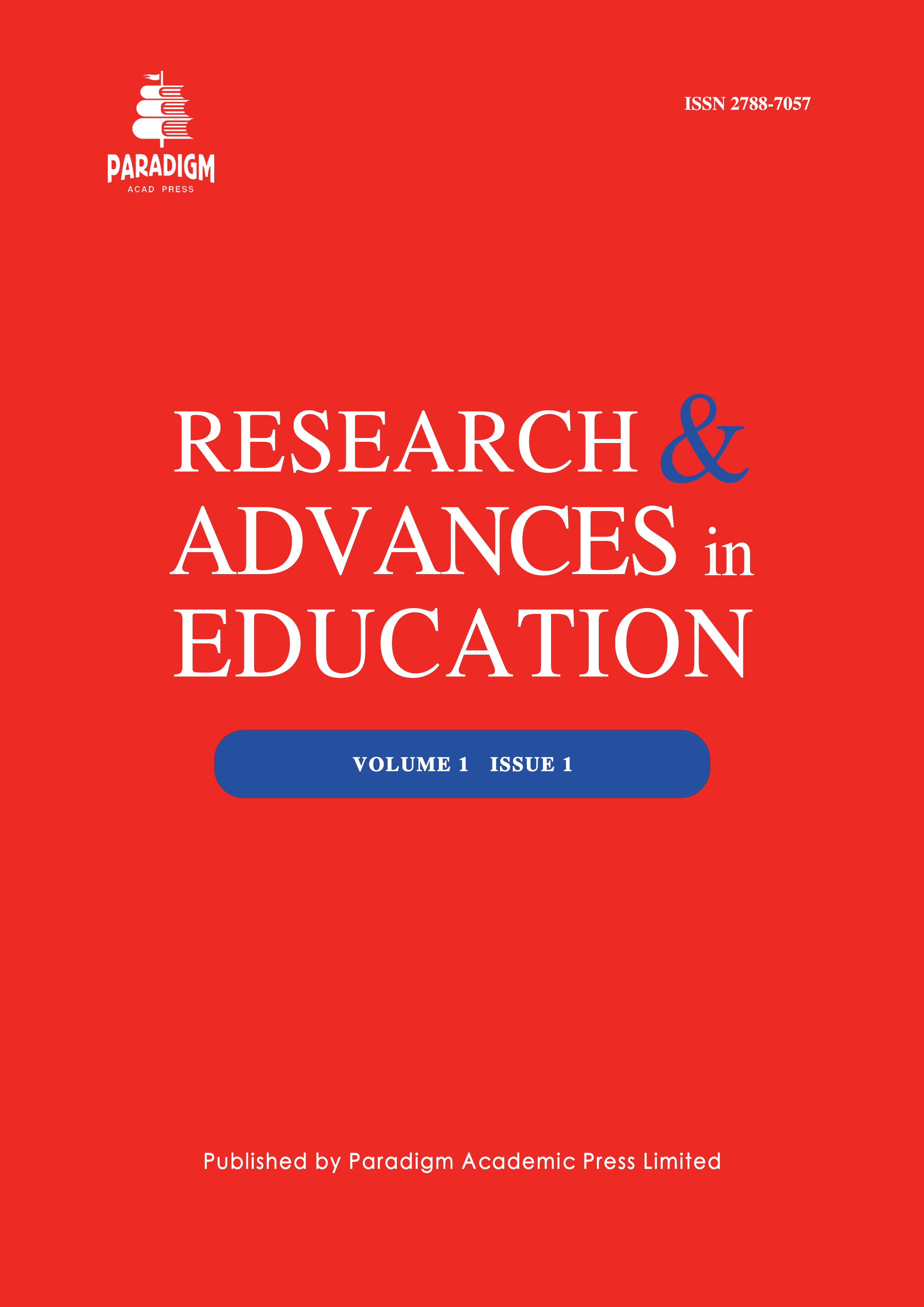A Comparison of the Performance of Direct and Transition Students in a Bachelor’s Degree Programme in Kenya
DOI:
https://doi.org/10.63593/RAE.2788-7057.2025.09.002Keywords:
recognition of prior learning, direct entry students, transition students, bachelor’s degree programmeAbstract
This study examined the comparative academic performance of direct entry and transition students in several Bachelor’s degree programmes in Kenya, in the context of the Recognition of Prior Learning framework. Through the historical review of Kenyan education policies, the Kenya National Qualifications Framework Act (2022), and General Regulations 2025, the study established that alternative admission routes are essential tools for employability, lifelong learning, and inclusivity. Using a quantitative retrospective design, final mean cumulative GPA data from 2,542 graduates were analyzed through one-way ANOVA and Games-Howell tests. Of these, 1,728 (68%) were direct entry and 814 (32%) were transition students. A one-way ANOVA showed that there was a significant difference in cumulative GPA between students who joined the undergraduate program via Direct Entry and those who transitioned from diploma programs (F(1,2540) = 4.859, p = 0.028). The Games-Howell Test for post hoc analysis showed that the transition group performed significantly better than the direct entry group in the Bachelor of Arts in Psychology and Counselling (F(1,383) = 6.653, p = 0.01) with ( + sd = 3.11 + 0.34) and ( + sd =2.96 +0.53) respectively. The reverse was true in computer science (F(1,465) = 14.583 and p<0.001), with the direct entry students returning a cumulative GPA of ( + sd = 2.66 + 0.47) as compared to the transition group ( + sd = 2.42 + 0.58). There was no difference between the groups in the Bachelor of Arts in Communication (F(1,591) = 0.000, p>0.05). These results affirm the RPL policy that provides alternative routes of access to undergraduate studies. The study recommends further investigation on the identification of the specific factors that influence better performance from transition students and exploring the issue of admitting students without formal qualifications into degree programmes.


